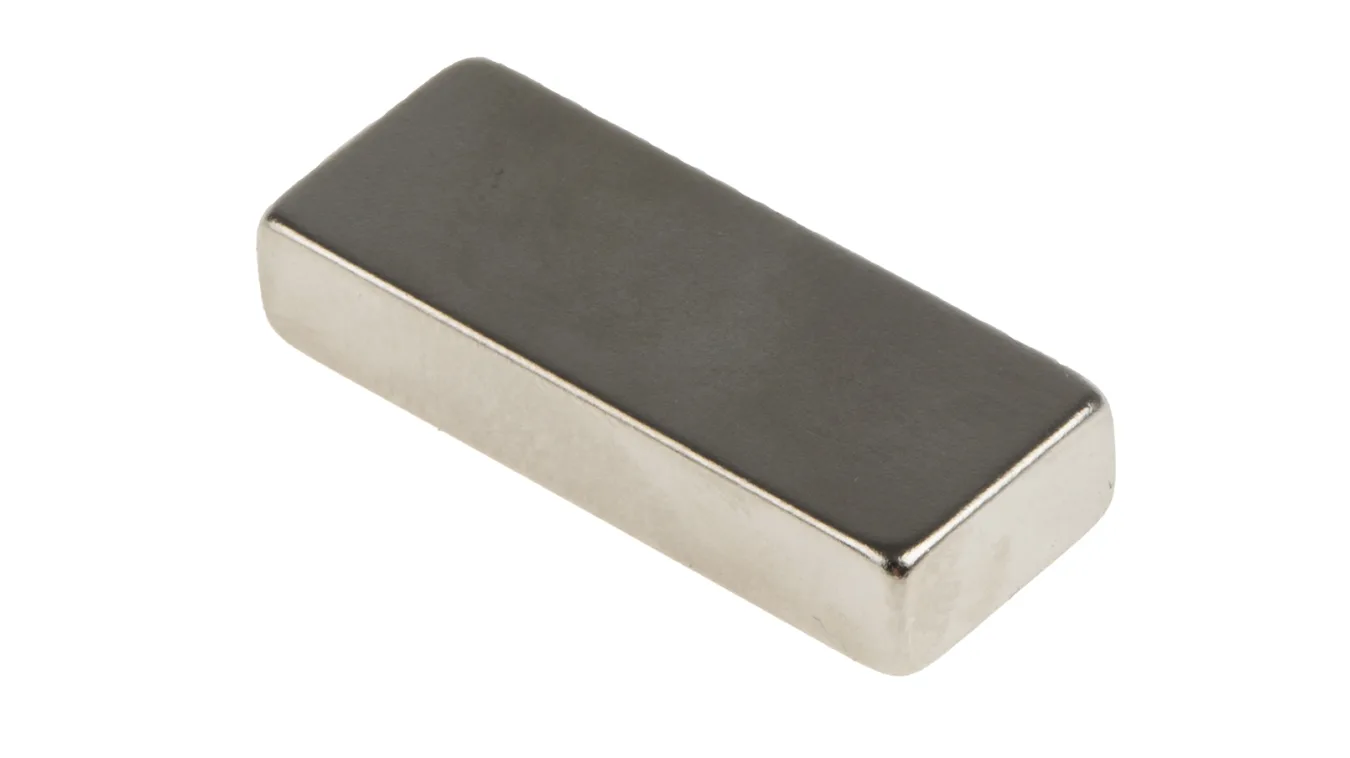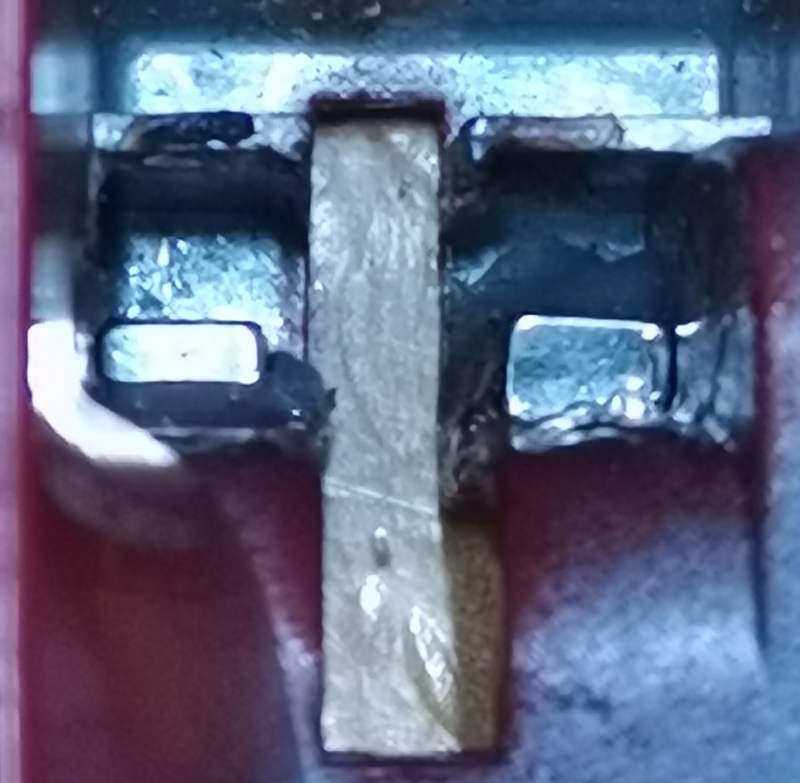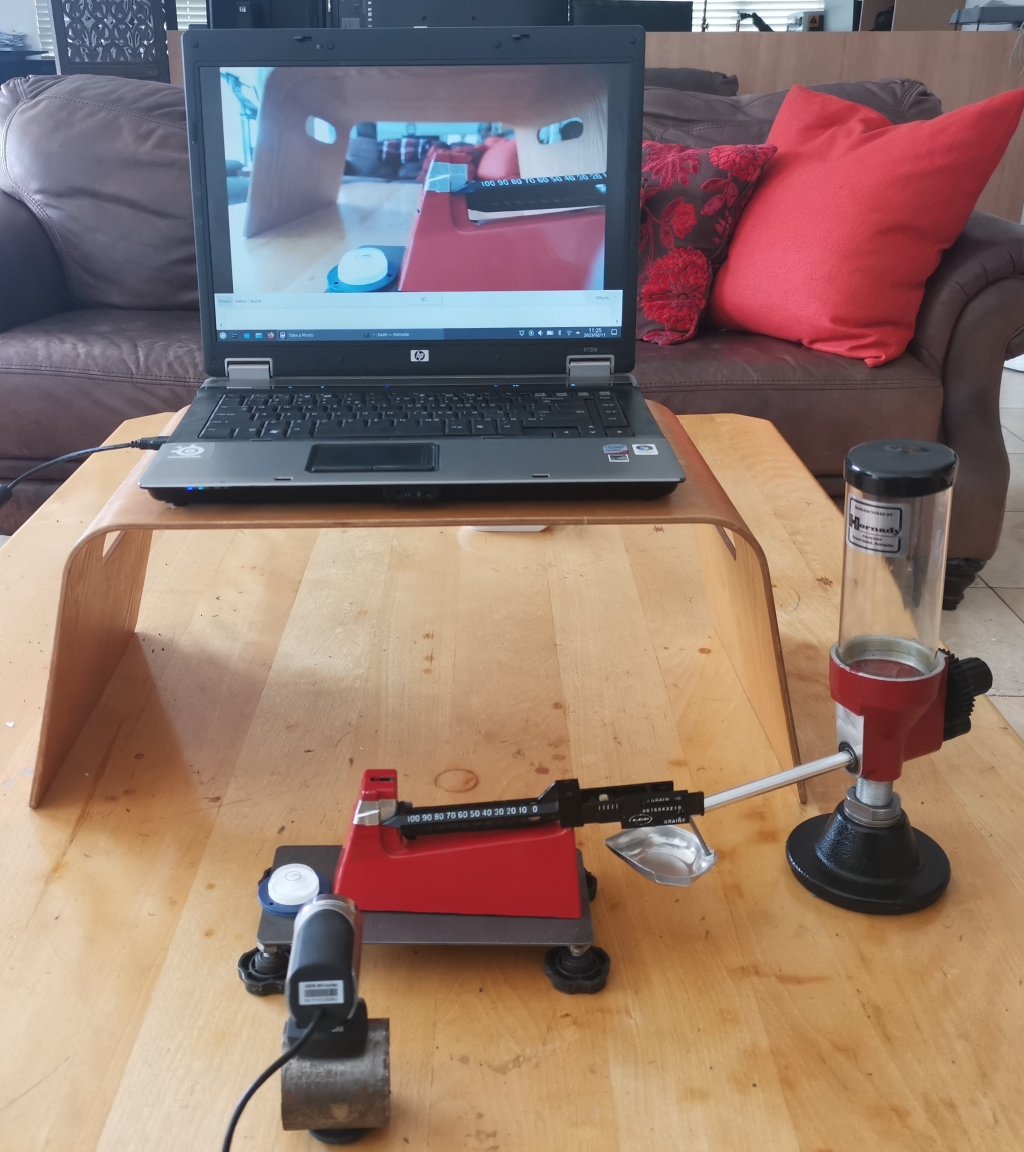Ysterhout Dot Net
Something New with something Old
Using the Lee Safety Scale for consistent rifle powder measuring.
- Sensitivity
- Scale Dampening in General
- Safety Scale Dampening
- Sourcing Magnets
- Replacing the Magnets
- Dampened Lee Safety Scale
- Using the Dampened Lee Safety Scale
The Lee Safety Scale. Almost every new reloader gets one. Very few reloaders use that scale beyond the try-out phase.
The reason is that it is sensitive. Which powder scales should be, but that one is sensitive and does not have functional dampening. This results in the scale oscillating for a long period of time, before it settles enough to determine a reading.
The scale is sensitive enough to visibly deflect by adding a single grain of extruded powder to the pan. That makes it a good candidate for a powder trickling scale - if the problem of perpetual oscillating can be solved.
Beam scales are magnetically dampened to prevent the beam oscillating indefinitely.
Dampened beam scales have permanent magnets in the body of the scale, on either side of the copper or aluminium fin at the beam pointer.
To dampen a scale like the Lee Safety Scale, there need to be strong magnets in the body of the unit at those positions.
The Lee Safety Scale has ferrite strips attached to the inside of the scale body on each side of the beam pointer.
These magnets are relatively weak, and do not provide a strong dampening effect.
The ferrite magnets can be removed easily, and replaced with something strongly magnetic.
Rectangular neodymium magnets work well for scale dampening. They need to be epoxied into the scale body.
The magnet size I used that worked well is 10mm x 5mm x 3mm. The 3mm sides of the magnet fixed facing each other.
Before you insert the magnets into the scale body, bring them close enough together that the thin edges on the long side attach to each other, and mark the surfaces that were joined.
The magnets need to be placed in the scale with those surfaces facing each other, to provide a magnetic field that retards the motion of the non-conducting fin as it passes between them.
This is what the magnet looks like that you are looking for.

For reference, I'm calling the long edge of the magnet the height, the second widest is the width, and the shortest side is the thickness.
I did an online search, and found The Magnet Store.
The Lee scale body does not have space for a magnet wider than 5mm, and can accomodate a magnet height of 15mm easily, so this magnet at The Magnet Store is about the right size.
I used a magnet 10mm x 5mm x 5mm, and it dampens well enough, a longer 15mm magnet will provide a greater dampening effect.
Find a piece of material that when placed between the magnets, prevents them attracting each other.
I found a small mosaic tile does exactly that, so it seems that a magnetic field does not penetrate ceramic. A 5mm thickness is what you need, I had to break my mosaic to be able to fit a piece into the scale body to keep the gap between the magnets.
The ferrite strips are easily removed, as they are attached with an adhesive strip. Clean the inside surfaces with a q-tip dipped in acetone, and let dry.
The neodymium magnets need to be epoxied in place, one magnet at a time.
Epoxy the first one in place, and wait a full 24 hours for the epoxy to cure before placing the second one.
Before placing the second one, insert a piece of ceramic between the magnet positions. This will prevent the second magnet from being pulled across to the first. I used a piece of mosaic tile, the magnets can't attract each other through the tile.
Apply some form of release agent to the surface of the ceramic facing the epoxy being applied. This is to prevent the ceramic from being fixed along with the magnet.

If you've done everything correctly, your scale should be behaving like this :
If you fixed the magnets in the epoxy the wrong way, you can loosen the epoxy with heat, but you will strip the paint off the scale as well. Which can simply and easily be re-applied with the correct shade of nail varnish.
Now you have a dampened Lee Safety Scale, so what ? What could it be useful for ?
Trickled powder charges, of course.
I use it to ensure that I have identical trickled up charge weights.
I don't use it on it's own though, it's part of a system. Trying to determine the weight of something on the Lee Safety scale is very time-consuming. It's very sensitive, but not very user friendly. It's easier to weigh an initial charge on my RCBS 10-10. I know my 10-10 weighs accurately to within 0.1 grains, and that is also the smallest increment I deal with when weighing powder.
My RCBS 10-10 weighs to 0.1 grain accuracy, but when I trickle into it, I can't detect much movement by adding one kernel of powder. The Lee Safety Scale visibly deflects with one kernel of powder.
So the 10-10 is used to get the initial required charge weight, then that charge is transferred to the Lee Safety Scale and the scale zeroed with that weight in the pan.
Configure a powder measure to drop slightly under the required weight. Place that in the Lee pan, then trickle it up till the charge weight is correct.
As a visual aid, I've superimposed two strips of aluminium tape on the scale body to provide a finer line for the scale pointer to be referenceed against. Then magnified the scale pointer onto a laptop screen, using a HD USB webcam.

With practice, you will be able to easily identify that a given deflection represents a charge of one or two kernels over or under.
I understand that the .1 on the 10-10 might be a true .12 or .18, but what's more important for my purposes is that every charge stays the same as that, so the 0.1 grain accuracy is adequate.
Once the beam is dampened, the swing of the pan is reduced considerably. Just placing it with a bit of care eliminates most of the swing.
 Lee Safety Scale
Lee Safety Scale


